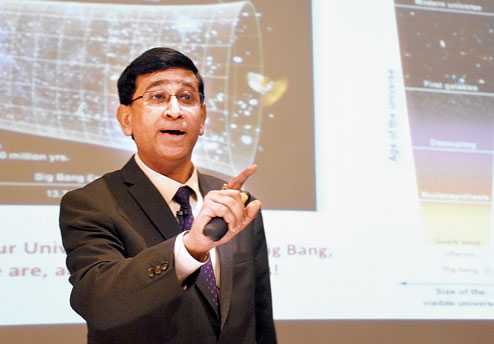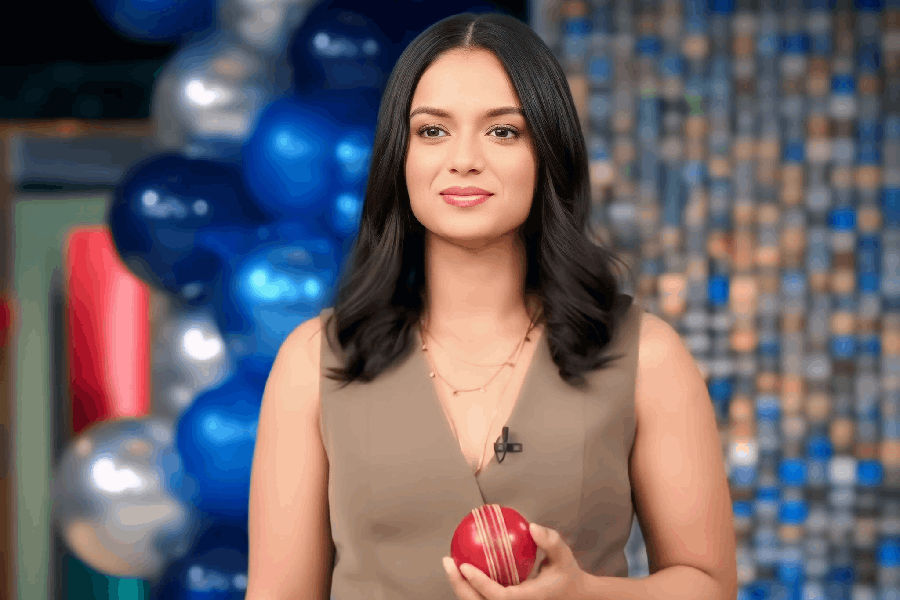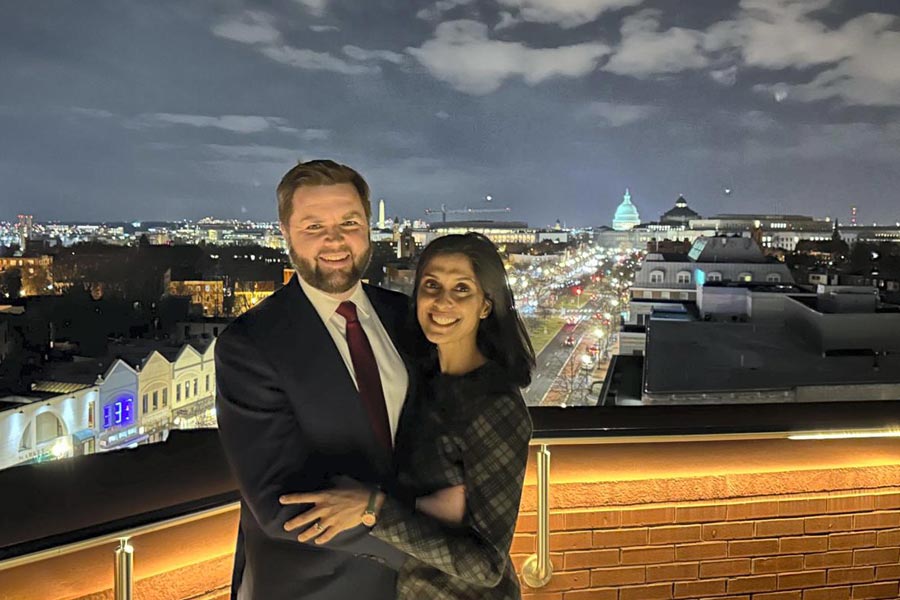
Goutam Chattopadhyay
Nasa scientist
Picture by Shuvo Roychaudhury
Calcutta: Aliens, Sheldon Cooper and Stephen Hawking rubbed shoulders in a lecture by a Nasa scientist at American Center on Monday.
Goutam Chattopadhyay, who works at the Jet Propulsion Laboratory in Nasa, spoke to schoolchildren about the possibility of life on Saturn and its moons.
Saturn's outer ring has evidence of water vapour and, according to research, the water comes from Enceladus, a moon of the planet. "Enceladus rains water on Saturn. We are planning to conduct a mission to Enceladus in future," Chattopadhyay said. The topic of his lecture: Are we alone? Nasa's search for exoplanets and life beyond earth.
Chattopadhyay spoke about Titan, the largest moon of Saturn, having methane lakes. Research is on to find out if life is possible on Titan too. Another galaxy that holds promise of life is the TRAPPIST-1 planetary system. "It took time to discover all seven planets here. One of them has a good chance of life," said the teacher at the California Institute of Technology.
The Lincoln Room at American Center was packed with academics, school and college students as Chattopadhyay spoke about Nasa's search for alternate life though there has been no evidence of aliens till date.
Chattopadhyay broke the ice by telling his own story - how a boy from Nabagram Vidyapith in Konnagar landed in Nasa. His speech was peppered with interesting nuggets as well.
"A part of The Big Bang Theory was shot on the California Institute of Technology campus. That's where Sheldon Cooper is shown working," he said. "The film crew of Martian took advice from a Nasa official... Stephen Hawking loves to spend winter at Caltech. English winters don't suit him."
Chattopadhyay began with a video that showed the landing of Curiosity on Mars. "Every time I look at the video, I choke up. It is extremely challenging to land on another planet."
He explained how it takes over eight years to develop a mission in Nasa. Jet Propulsion Laboratory, where Chattopadhyay works, is where Nasa's robotic missions are planned. "Some of the planets and solar systems are several light years away. Designing instruments to study them requires time, planning and infrastructure," he said, as he spoke of plans to send a lander to Europa, a moon of Jupiter by 2022.










